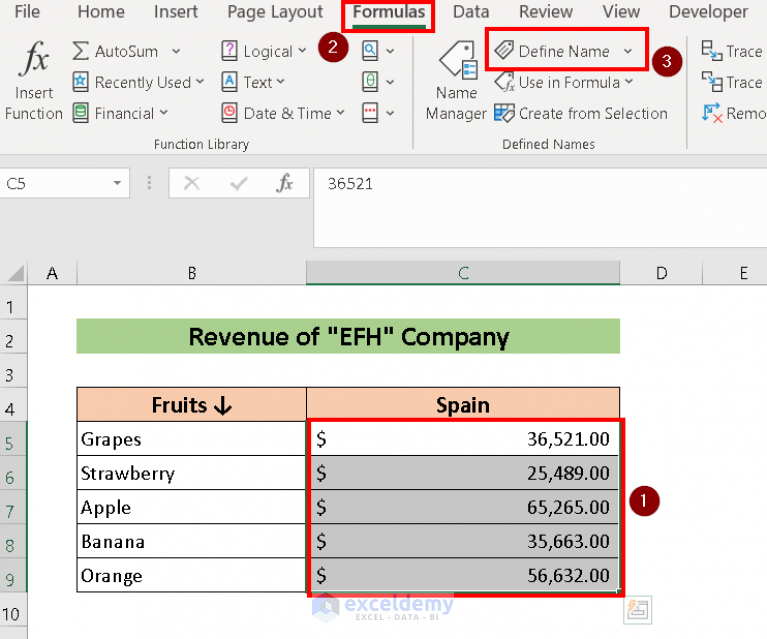Master Excel: Link Sheets for Dynamic Updates

Why Link Sheets in Excel?

Linking sheets in Excel can significantly enhance your data management capabilities. By connecting different sheets, you can:
- Ensure consistency across various datasets.
- Facilitate dynamic updates when changes are made in one sheet, reflecting immediately in others.
- Reduce manual errors by automating data synchronization.
- Create more interactive and efficient reports by pulling relevant data from multiple sources.

💡 Note: Before proceeding with linking, ensure your spreadsheets are well-organized to maximize the benefits of this process.
How to Link Sheets in Excel

Step 1: Prepare Your Sheets

Before you start linking, make sure:
- Each sheet has clear, unique data with identifiable headers.
- You’ve identified what data needs to be linked between sheets.
- There are no errors or formatting issues in the data.
Step 2: Using Cell References

To create a dynamic link, follow these steps:
- Select the cell where you want the linked data to appear.
- Type ‘=’ and navigate to the source sheet where your data is stored.
- Select the cell or range you want to link. Press Enter.
| Linking Example | Formula |
|---|---|
| Link data from Sheet1, Cell A1 to Sheet2 | =Sheet1!A1 |
| Link a range from Sheet1 to Sheet2 | =Sheet1!A1:B5 |

Step 3: Dynamic Named Ranges

Dynamic named ranges adapt as data is added or removed. Here’s how:
- Define a named range by selecting the range you want to make dynamic.
- Go to the Formulas tab, click Name Manager, then New.
- Create a formula in the Refers to field, like this:
💡 Note: For a dynamic range starting at A1 that grows downwards as data is added:
=A1:OFFSET(A1,COUNTA(A:A)-1,0)
Step 4: Index and Match for Linking

For more complex linking scenarios where exact matching is required:
- Use INDEX to return a value or array of values within a range.
- Use MATCH to find the position of an item in a range.
=INDEX(Sheet1!A2:A100, MATCH(“YourSearch”, Sheet1!B2:B100, 0))
Optimizing Linked Sheets

To make your linked sheets work seamlessly:
- Keep sheet names short to reduce the chance of errors when referencing.
- Use absolute references ($ sign) when necessary to lock cells.
- Check for circular references which can cause Excel to freeze.
- Use the Evaluate Formula tool under the Formulas tab to debug complex links.
💡 Note: Circular references occur when a formula refers back to its own cell, directly or indirectly. This can slow down or crash Excel, so always ensure your references are correct.
Understanding these fundamental steps allows you to link Excel sheets effectively, creating a more efficient and dynamic data management system. As you become more adept at linking, you'll find that the possibilities for creating detailed and interconnected spreadsheets become virtually limitless.
In summary, linking sheets in Excel opens up a world of possibilities for dynamic data management, reducing manual updates, enhancing consistency, and improving overall productivity. Whether you're creating financial models, tracking projects, or compiling reports, the ability to keep data synchronized across multiple sheets is a game-changer. By implementing the techniques discussed, you ensure that your spreadsheets not only work harder but smarter, allowing you to focus on analysis rather than data entry.
Can I link sheets in different workbooks?

+
Yes, you can link sheets in different workbooks using external references. Use the format =[WorkbookName]SheetName!CellReference.
How do I update links when moving files?

+
If you move linked files, Excel might lose the path. Use the Edit Links option in the Data tab to manually update the links to point to the new location of the source file.
Are there limitations to linking sheets?

+
Yes, there are limitations like potential for circular references, performance issues with very large datasets, and complexity in maintenance. However, with careful planning, these can be managed effectively.



